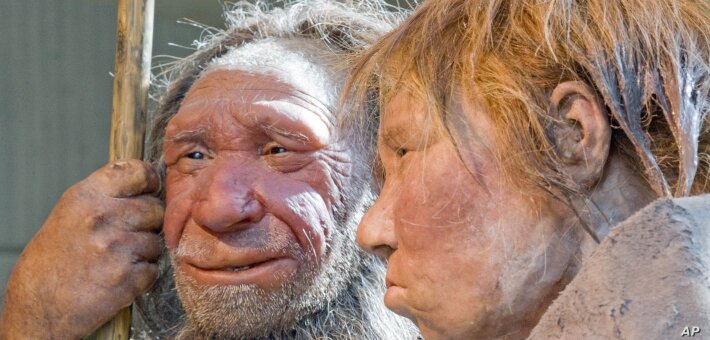Fossilized tooth is first evidence Neanderthals once lived in Iran

TEHRAN – A fossilized tooth found decades ago in the Zagros Mountains, western Iran, proves that Neanderthals once lived in the country, ARCHAEOLOGY magazine, a publication of the Archaeological Institute of America, has said, citing it as one of the ten most important archaeological findings in 2019.
“It turns out that a fossilized tooth found decades ago in the Zagros Mountains did not belong to a modern human as previously thought, but rather to a Neanderthal child who lived between 70,000 and 40,000 years ago,” the magazine wrote in an article dedicated to world roundups of the year.
“A recent reexamination using modern techniques established the new dating and identification. The researchers say it is the first evidence that Neanderthals once lived in this area of present-day Iran. The species roamed across much of Europe and Western Asia before going extinct 40,000 years ago.”
It also cited other discoveries that were made in Canada, Mexico, Ireland, England, China and four other places.
The new finding was published earlier in August in the Journal of Human Evolution, suggesting that Neanderthals were roaming at the Iranian Zagros Mountain sometimes between 40 to 70 thousand years ago.
The new study on a human tooth discovered in 1999 in a cave called Wezmeh near Kermanshah, west of Iran, showed that this tooth that previously thought to be modern human in fact belongs to a Neanderthal child.
According to the Public Relations unit of the Iran National Museum, the results of the study by paleoanthropologists and archeologists at the Iran National Museum, University of Poitiers, University of Bordeaux, Iran’s Research Institute for Cultural Heritage and Tourism, and Bioarchaeology Laboratory of the University of Tehran confirmed the existence of Neanderthals in Iran.
Jebrael Nokandeh, director of the Iran National Museum, said the results of this new study that were published this week in the international "Journal of Human Evolution" definitely prove that Neanderthals lived in the Zagros region. He further said that given the importance of the results of this discovery, the tooth will soon be displayed in the Paleolithic Gallery of the Iran National Museum.
According to Fereidoun Biglari, head of the Paleolithic Unit of the Museum and co-author of the article, this premolar tooth belongs to a Neanderthal child who was between six and ten years old at the time of death. He added that the tooth was discovered during the Islamabad Archeological Research Project, led by Kamyar Abdi in the late 1990s. This human tooth has been studied several times since then using various methods.
In a recent study, Biglari said the specimen was re-analyzed by Roberto Macchiarelli and Clement Zanolli by X-ray micro-CT imaging that revealed the inner structure of the tooth, especially the enamel-dentine junction which aligns the tooth closely with Neanderthals and shows that it is distinct from modern humans. He added, therefore, this tooth is the first direct evidence of the Neanderthal presence in the Iranian Zagros.
Biglari said since the Neanderthals were extinct before 40,000 years ago, and the earliest dated animal remains from the Wezmeh Cave is about 70,000 years old, this individual lived in the region during that time period.
ARCHAEOLOGY has been published continuously for more than 70 years by the Archaeological Institute of America, which is dedicated to supporting archaeological inquiry and to fostering the pursuit of knowledge about human heritage
AFM/MG
Leave a Comment